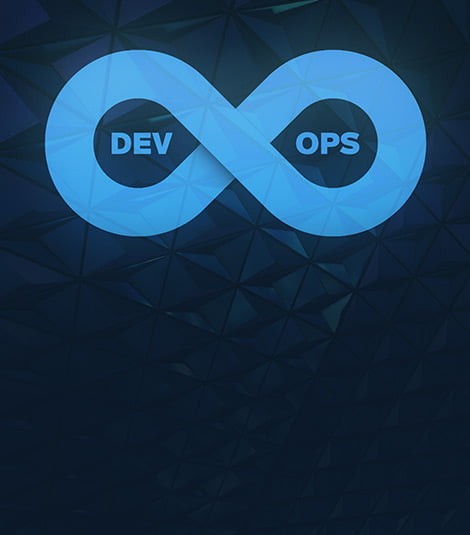
DevOps is a working method in which software development and operations teams work more closely together. The term “DevOps” and the DevOps culture is closely intertwined with agile development. “DevOps” is made up of “Dev” (development) and “Ops” (operations) and combines people, processes and technologies to continuously provide customers with high-quality (software) products.
For teams, DevOps means that the traditionally separate roles of software development and operation are growing together. This provides that developers design and write an application and are provided with resources such as databases or servers by the operating teams. Operations teams operate the application, manage rollouts on test, staging and production systems and configure application-specific parameters such as computing power and storage space. In addition, the operations team assists in debugging the application.
By introducing the DevOps culture, teams with the appropriate tools can react more quickly to requirements. To support this change, DevOps breaks down the separation of infrastructure, release rollout, application configuration and monitoring. Essential for this is the introduction of new processes and tools to support the teams in the new culture and in achieving the promise of success of DevOps.
Benefits of DevOps
DevOps im Workflow
First up is the introduction of a DevOps culture in the organization and among the people involved in the processes. In the best case, the silos “dev team” and “ops team” are broken up and close cooperation is created. Both teams plan their tasks together and coordinate their goals and success criteria. After the teams have reformed, the competencies and responsibilities of the teams also change. Developers are now also responsible for performance and stability, while members of the operations team are already actively involved in the planning phase of the product. Another effect of a successfully introduced DevOps culture shorter release cycleswhich lead to incremental planning steps and positive on the system stability affect.
The second step introduces tools that support the DevOps culture. This can be broken down into different categories:
- Since most of the work is agile, come Kanban– such as Scrum methods and tools to use. The focus here is on improving teamwork and incorporating customer and user feedback.
- The introduction of is also central Continuous Integration and Continuous Delivery (CI/CD). Continuous Integration denotes here the continuous, automated testing code changes after each commit to software version control (eg: Git). This ensures that the stability of the code is guaranteed at all times. Continuous Delivery denotes the regular delivery new versions of the application in short release cycles. By automating deployment steps, teams can deliver updates more frequently and faster.
- In addition, management of the infrastructure and configuration management often changes. infrastructure is on Infrastructure-as-Code (IaC) switched. The infrastructure is described by frameworks such as Terraform or AWS CloudFormation and infrastructure components such as computing capacity, access and databases are created or modified based on this description. Also the configuration management (interpretation of the application) is converted to a descriptive system.
Both innovations mean that changes to the infrastructure and configuration are controlled and traceable, since changes are always entered into a software management tool. In the case of infrastructure-as-code, there is also the advantage that entire infrastructure landscapes can be easily duplicated and set up in different data centers and code platforms.
At PROTOS, we would be happy to advise you on the subject of process management, support you with the technological introduction of DevOps and train your employees in using new tools and working methods.
Source: https://www.protos-technologie.de/2021/04/07/was-ist-devops/


